Japan
SNAPSHOT: Lunar Missions
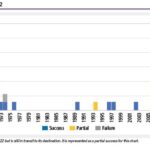
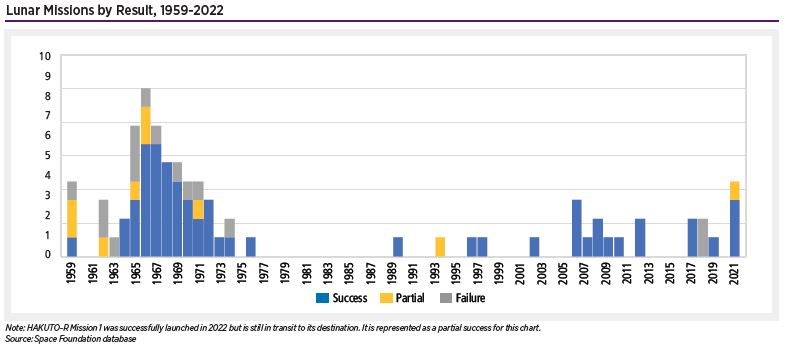
The first attempted lunar mission was the Soviet Union’s Luna 1 impactor, which launched Jan. 2, 1959, and passed within only 5,995 kilometers of the Moon at its closest point. The Space Race brought a large wave of lunar activity in the 1960s, but there have only been a few missions in the decades since.
Orbital Launch Activity Grows at Record Pace in 2022
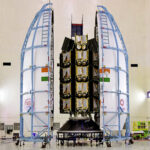
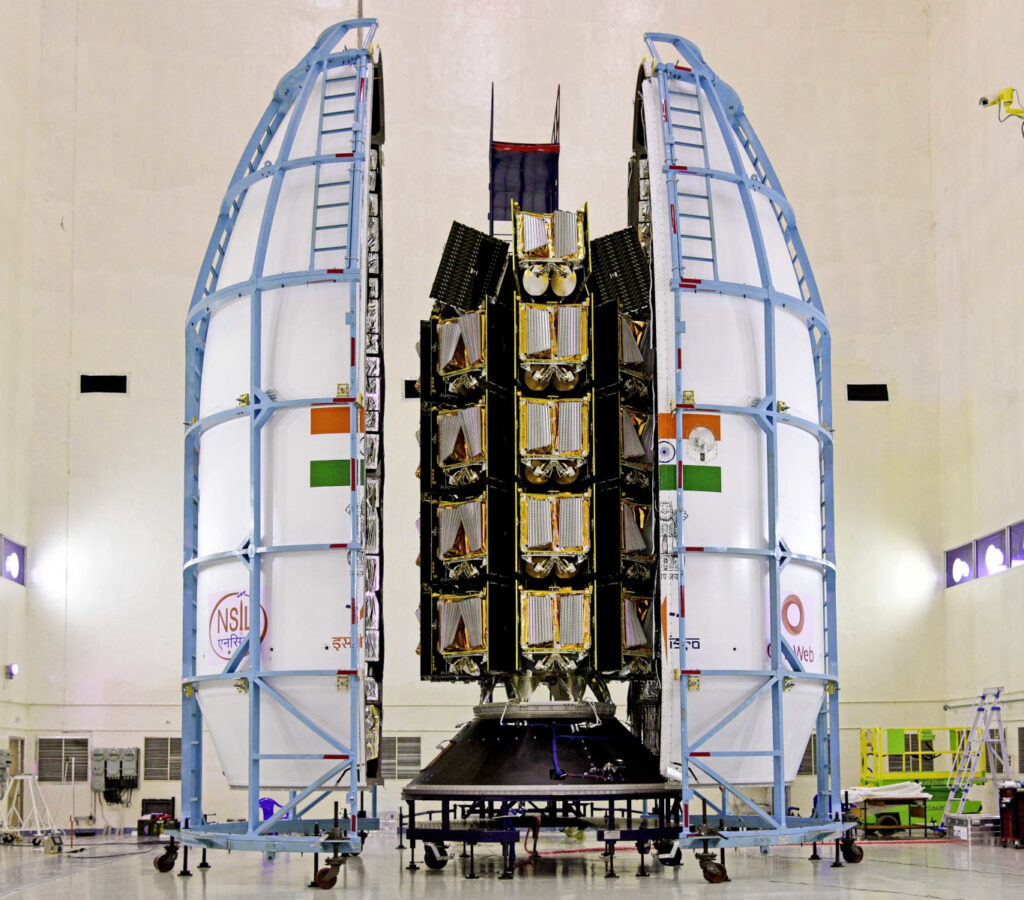
Space launch activity continued to grow rapidly in 2022, reaching a new high of 186 orbital launch attempts. Last year was filled with successes and had three fewer failures than 2021, even with 41 more attempts.
Pressure Ramps Up for New Vehicle Launches Pushed from 2022 to 2023
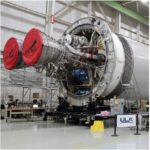
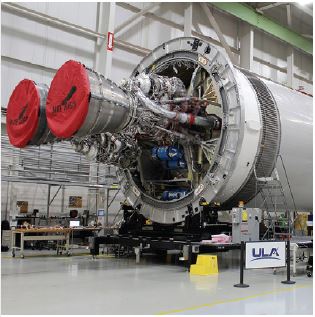
The list of launch vehicles set for maiden flights in 2023 may sound familiar. It’s mostly the same group of launch vehicles initially slated to fly in 2022.
As New Solar Cycle Heats Up, Multiple Missions Explore Sun’s Mysteries
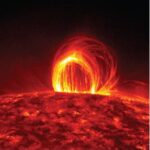
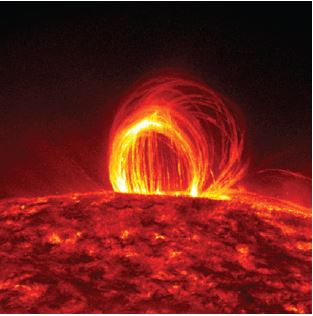
The Sun lies at the center of our solar system and sets the cycle of our daily lives, yet so much remains unknown about how it functions. As the Sun enters into a years-long phase of increasing solar eruptions, its increased activity poses risks to thousands of Earth- and space-based infrastructure assets. The increased solar activity comes as probes from NASA, ESA, and China are gathering the most advanced data ever collected about Earth’s star
Space Workforce Trends in the United States, Europe, Japan, and India, 2011-2021
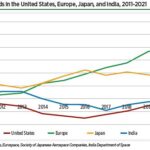
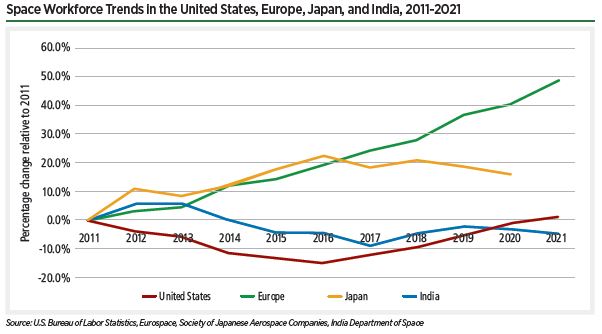
The U.S. space sector is composed of more than 198,500 individuals across private sector and government organizations. Private sector space employment continued a trend of growth that began in 2016, adding approximately 3,000 new workers from 2020 to 2021 to reach 151,797 individuals. Space manufacturing led this growth, offsetting a slight decrease in the size of the satellite telecommunications workforce.
JAXA Workforce, 2012-2022
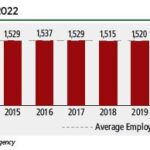
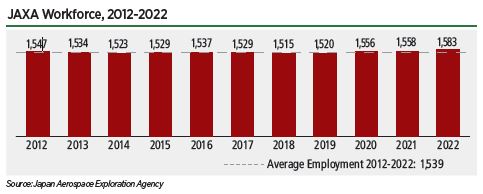
The Japan Aerospace Exploration Agency (JAXA) employed 1,583 people at the end of 2021, an increase of 1.6% from 1,558 employees at the end of 2020. Approximately 70% of JAXA employees work in engineering and research, with the remainder focused on education and administration. JAXA does not face the same demographic challenges as some other space agencies: 22.0% of its workforce is under 35 years old and 17.9% is over 54.
Japanese Space Industry Employment, 2010-2020
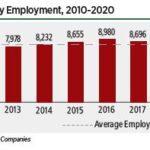
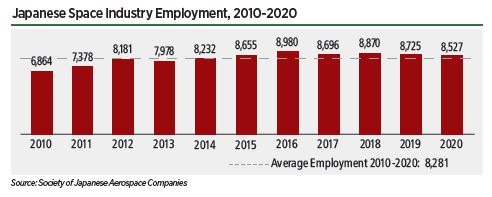
The Society of Japanese Aerospace Companies reports that the Japanese space sector employed 8,527 individuals in 2020, the most recent year for which data is available. This is a 2.3% decrease from the 2019 total of 8,725 employees. More than 70% of these employees work in the space vehicles sector, which includes launch vehicles, satellites, and the international space station. The remaining employees work on ground facilities and software relevant to space. Slight decreases in employment occurred across all portions of the space sector.
Europe Continues to Lead in Global Workforce Job Growth
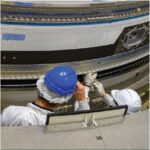
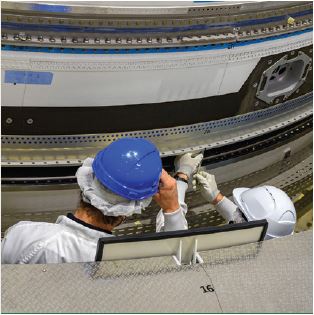
The space industry relies on skilled individuals from a wide variety of fields to enable the cutting-edge developments taking place in this sector. While many countries do not regularly produce metrics on the size of their workforce, these data are available for several major space actors, including the United States, Europe, Japan, and India.
Rivals Launch Military Satellites Amid U.S.-led Space Defense Drills
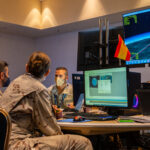
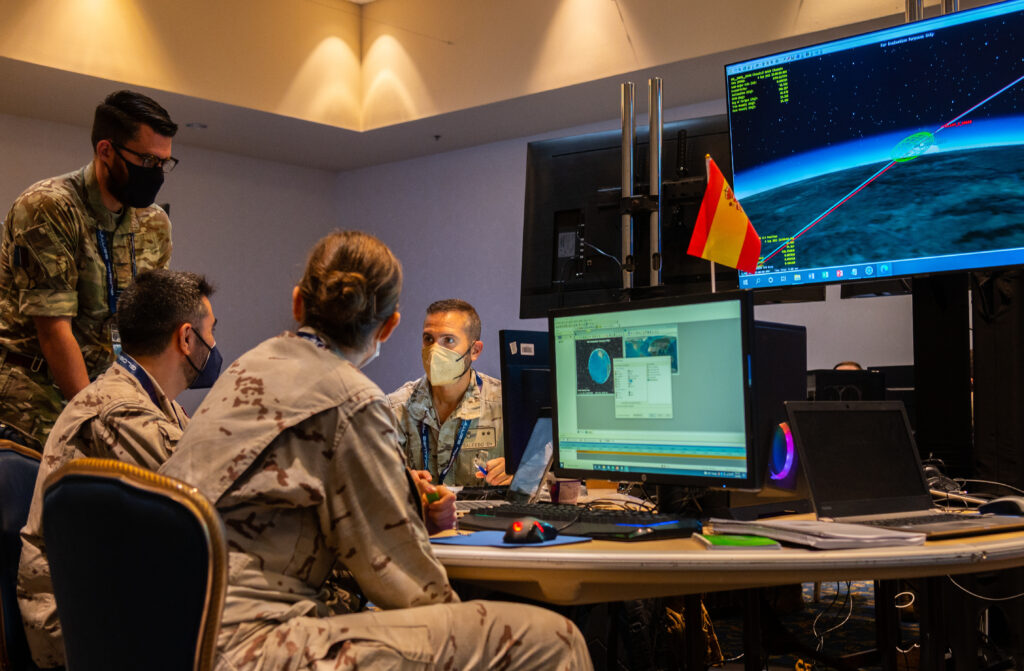
A flurry of military and intelligence satellite launches by rival powers this month came as the United States and two dozen partner nations wrapped up the largest global space defense wargame in history.
Russia launched what some leaders have described as a spy satellite for Iran and its own on-orbit snooping satellite Cosmos-2558, which is circling Earth in an orbit conspicuously close to a recently launched U.S. National Reconnaissance Office satellite, a Netherlands researcher confirmed.
Orbital Launch Attempts, 2021
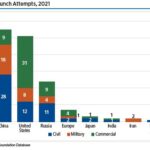
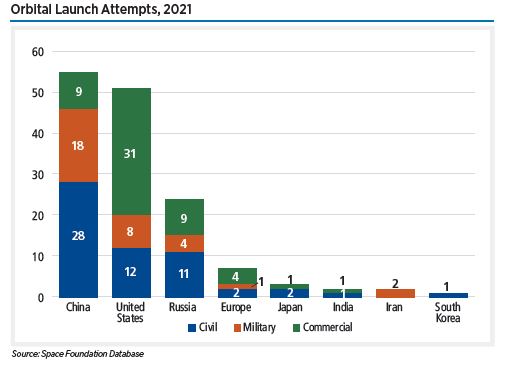
Of the 55 commercial launches attempted in 2021, 31 occurred in the United States. Of these, 23 were carried out by SpaceX, all of which were successful. China and Russia each conducted nine commercial launches in 2021. All six Russian launches were conducted on the Soyuz launch vehicle, and all were successful.